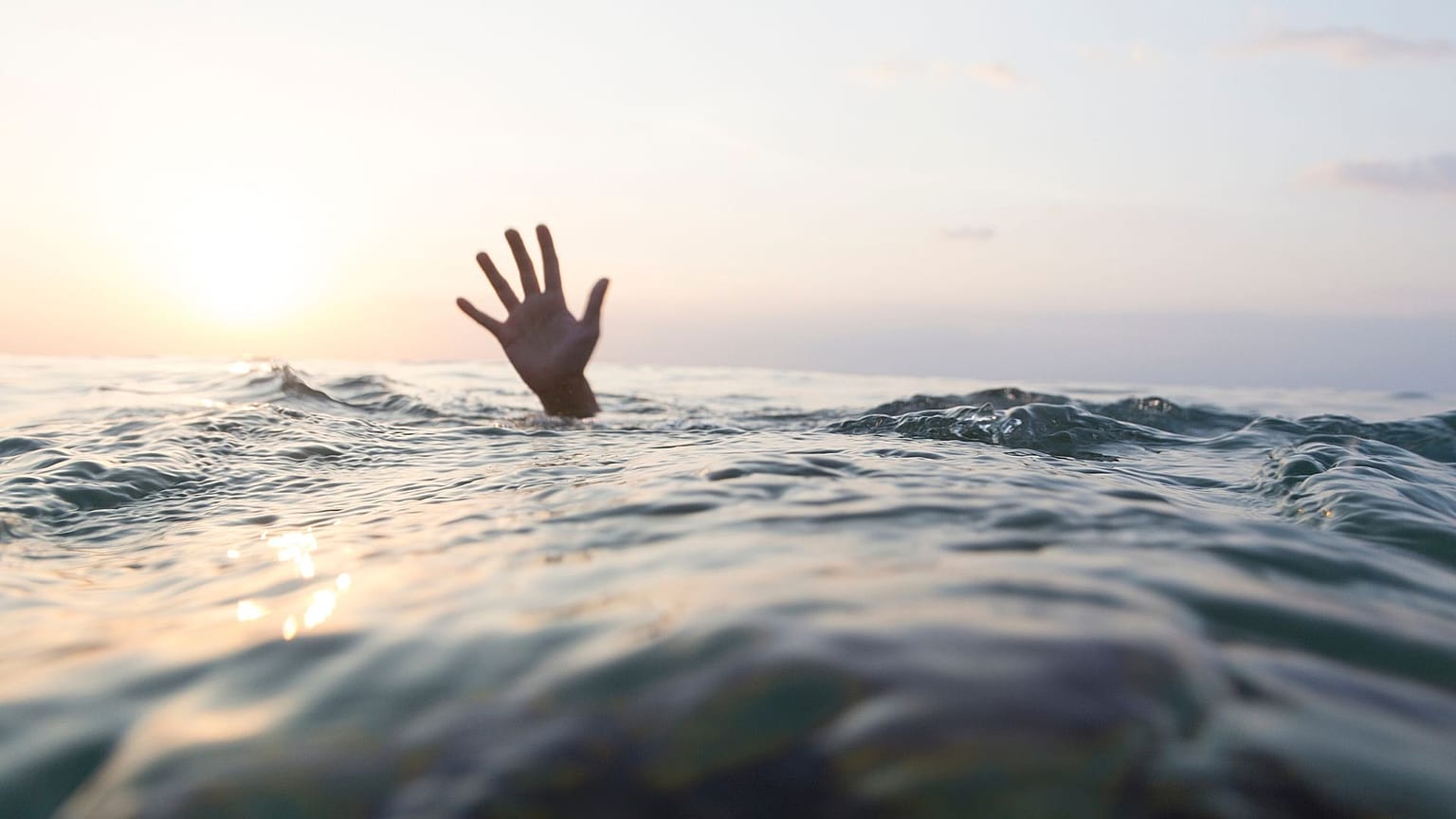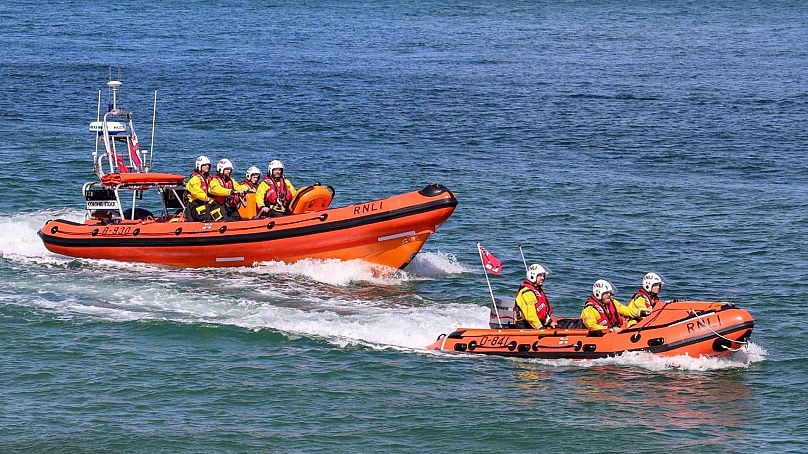Drowning victims mostly slip below the surface without a sound, a veteran lifeboat volunteer has warned. Follow these safety tips to stay safe.
Do you know what drowning looks like?
The popular image of underwater death - characterised by thrashing arms and legs, yelling, and desperate signalling for help - is everywhere in movies and on TV.
But victims mostly slip under the surface unnoticed, a leading water safety organisation has warned.
“Drowning doesn't look like it does in the films,” warns Guy Addington, South East Water Safety lead at the Royal National Lifeboat Institution.
“Somebody thrashing around and shouting - they could be in serious distress, but they're not drowning.
“Drowning can be unnoticed, silent and not seen until it's way too late.”
Noiseless drownings happen with “alarming frequency,” Addington cautions.
But you can protect yourself - and others - from this fate by following a few simple tips.
What does drowning look like?
Every year, around 140 people die by drowning around the UK coast. If you include the number of fatalities at inland sites and pools, this grim figure climbs to more than 400.
Across the EU, more than 5,000 people die this way each year.
Part of the problem is a misapprehension about how people drown, Addington explains.
“Drowning very often looks nothing like you would expect it to look like,” he says.
“Drowning is water entering the airway and choking [it] up. And once you've got water in the airway, you can make no noise.”
In addition to working for the RNLI, Addington has volunteered for the Margate life boating station since he was just 17. Over nearly three decades at the station, he has helped thousands of people in trouble at sea.
Drowning is so dangerous because victims usually can’t signal for attention, he explains.
“A very recent example involved a four-year-old girl who went missing at a beach location,” he says.
“She was found subsurface in a coastal pool area. She’s thankfully making a full recovery.
“But the point is, it was a beautiful day, with really benign conditions, in a fairly sheltered location. And she slipped below the surface unnoticed by thousands of people at that particular beach.”
Drowning often looks like nothing at all - and that’s what makes it so dangerous.
How can you prevent drowning?
Thankfully, there are ways to mitigate the risks of drowning.
The key is to keep an eye on your friends and family at the beach. Since children are especially vulnerable, they must be supervised at all times.
“Make sure children don’t go off on their own,” Addington says.
“It sounds obvious, but it can be really difficult when it’s a beautiful sunny day and you’re enjoying yourself.”
If you find yourself in difficulty, try not to panic. Instead, follow the RNLI’s ‘float to live’ advice.
Fight the instinct to swim hard - it will only tire you out. Instead, lean back, extend your arms and legs in a starfish shape, and float on your back. You may have to gently wiggle your limbs to keep yourself above water.
Once you’ve controlled your breathing, you can consider your next move - whether it’s to call for help or to try and swim to safety.
What other swimming safety tips should you know?
Know your limits when you’re swimming - particularly at the beach.
“Drowning is nearly always a result of people overestimating their swimming ability and underestimating the risks and hazards,” Addington says.
“People think their ability in a swimming pool matches their ability in an open water environment.
“But the floor isn’t even, you don’t know where the shallow bit is, you don’t know where the deep bit is - and the water is moving around.”
Whether you’re swimming or taking an inflatable or boat out, you need to be aware of the environmental conditions.
The weather can change quickly, so check the forecast before you go out. Make sure you understand when the tides come in and out.
Keep an eye out for powerful currents that run out to sea, known as riptides. They can quickly drag you away from the shore and into deep water.
If you find yourself in a rip, ‘float to live’ - then swim parallel to the shore to try and exit the current.
Finally, if you see someone in distress at sea, know which emergency number to call. In the UK, call 999 and ask for the coast guard. If you are swimming in Europe, check the local emergency contact before you go.
“We don't want to take on the killjoy mantle, we really want people to come out to the coast,” Addington says.
“But we want to make sure that people when they visit the coast do so safely.”



















